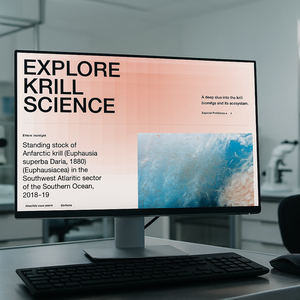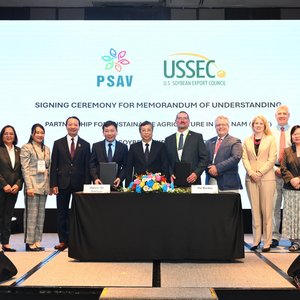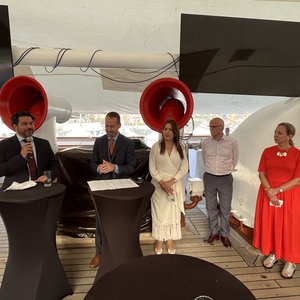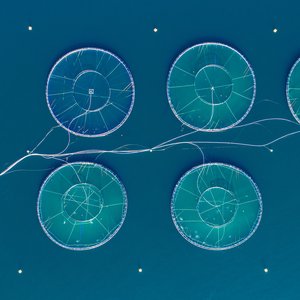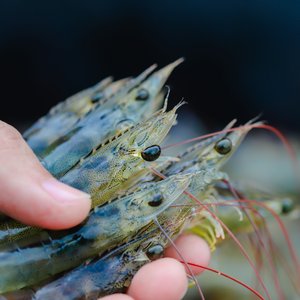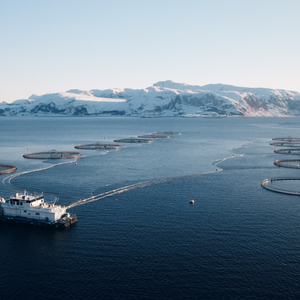New Ohio Sea Grant research is investigating how genetically altered algae can be used to vaccinate fish against infectious hematopoietic necrosis virus (IHNV), a disease that kills 30 percent of the U.S. trout population.
Richard Sayre of Ohio State University was studying Chlamydomonas reinhardtii, a unicellular alga found abundantly all over the world, for its value in recovering harmful heavy metals locked in sediments, when he realized that the algae’s use could be broadened. “If Chlamydomonas could bind to heavy metals so effectively, why couldn’t it be used to deliver needed vitamin supplements or a vaccine to an animal?” Sayre said.
Controlling fish diseases has long been a problem for the aquaculture industry. Antibiotics are not only useless for viral and many parasitic diseases, but they can only be partially absorbed by fish. Although fish vaccines are a more successful alternative, they can be costly, labor intensive, and stressful for the fish. “Unfortunately, the trouble with producing many vaccines is you need to identify the pathogen and then you need time to culture it,” explained Sayre. “Our system doesn’t require either.”
Using a peptide library of all the possible amino acid combinations displayed on the surface of a virus, Sayre’s team can rapidly screen for antigens using pathogen-specific antibodies. They plan to conduct vaccine trials by feeding fish algae to which antigens have been attached.
A patent is currently pending for this microalgal antigen delivery system.
For more information contact: Richard Sayre, Professor of Biological Sciences, The Ohio State University, phone 614-292-9030, e-mail: sayre.2@osu.edu




